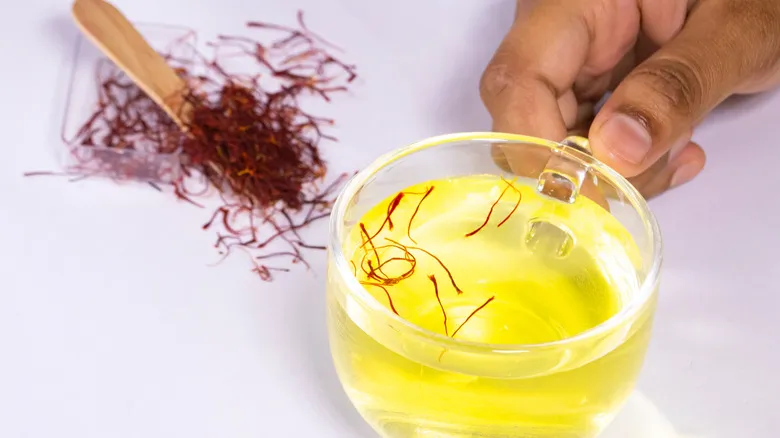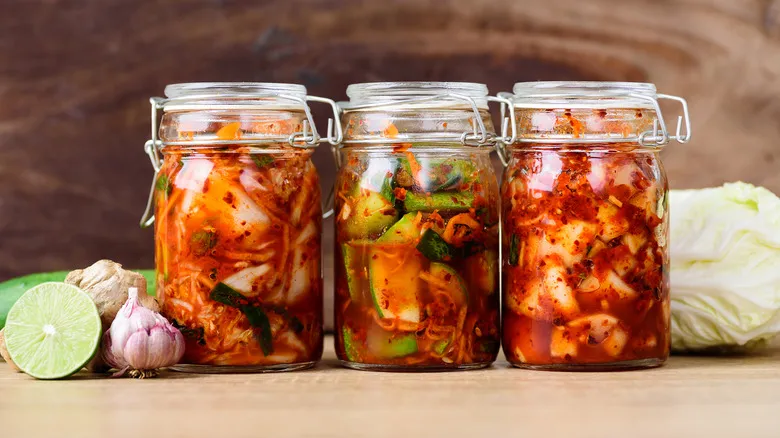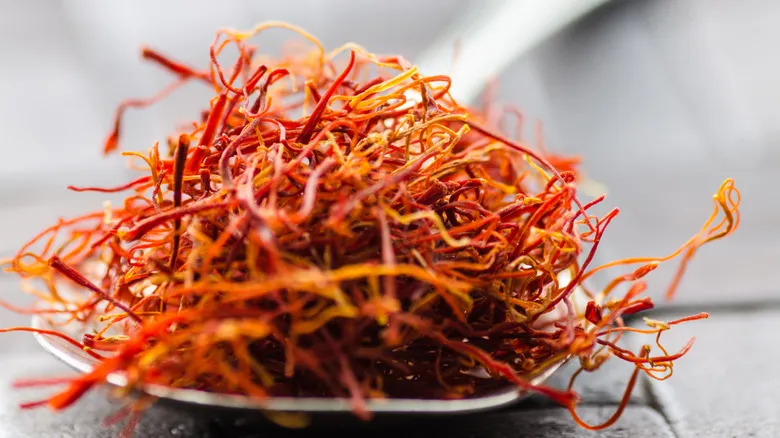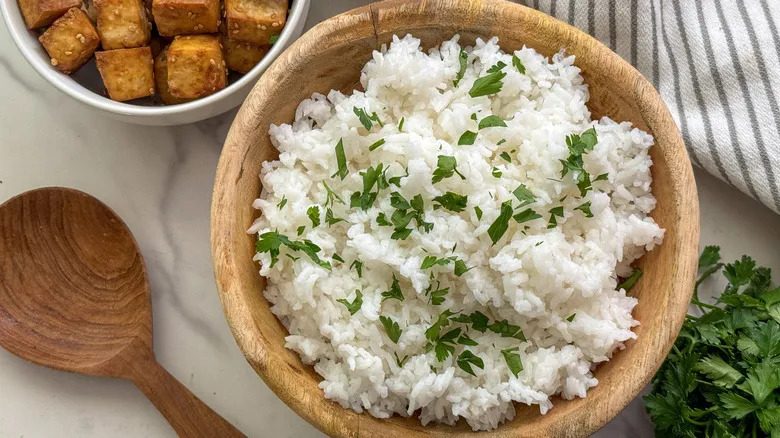How to bloom saffron and why it's expensive

To achieve the best flavor and maximize your investment, it's essential to bloom your saffron using either a hot or cold method. Begin by grinding eight to twelve saffron threads in a mortar and pestle. Next, add a few tablespoons of hot (but not boiling) water and allow it to steep for 15 to 20 minutes. If you have more time, opt for the cold method by incorporating a few ice cubes into the ground saffron, allowing them to melt and reach room temperature. Many chefs and home cooks favor the cold method as it eliminates the risk of damaging or burning the delicate spice in overly hot liquids. Any saffron liquid that remains unused from either method can be stored in the refrigerator for a few days.
The high cost of saffron is attributed to its labor-intensive harvesting process. This spice is derived from the vibrant stigmas of the autumn crocus flower, known as Crocus sativus, which must be picked by hand. Typically, only about three delicate stigmas, or "threads," can be collected from each flower; producing one kilogram of saffron requires 400 to 500 hours of labor and over 150,000 flowers. Despite its steep price, a small amount of saffron goes a long way; just a few tablespoons of bloomed saffron water can flavor a large pot of rice while imparting a beautiful yellow color. It's a unique spice worth incorporating into your cooking, especially now that you know how to use it.
Recommended

The Classic Soda That Brings Depths Of Flavor To Your Chili

How Long Does Store-Bought Kimchi Last After Opening?

The Chemistry Teacher-Approved Trick For Perfectly Melted Cheese Sauce

What Type Of Mushroom Is Best To Use In Soup?
Next up





